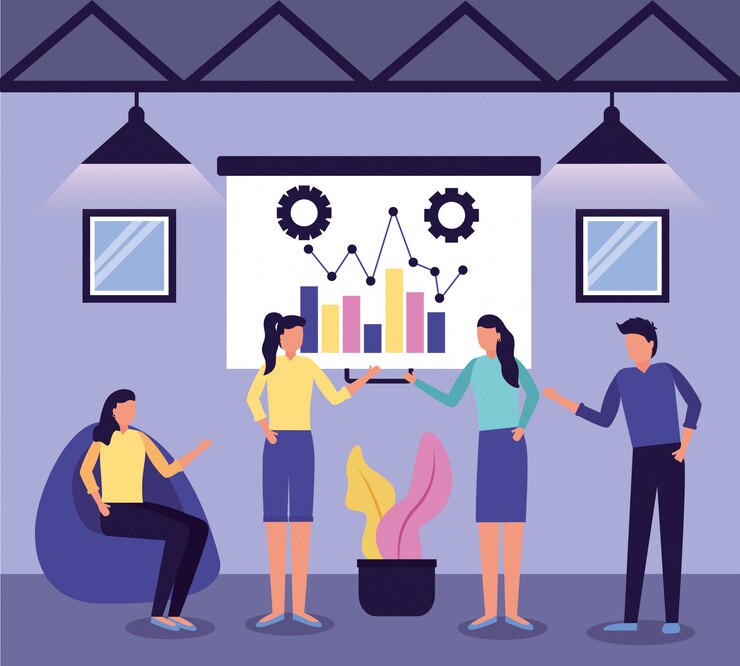High-Performance Culture Through Value Selling Training

To ensure enduring client loyalty and steady growth, selling a product or service is no longer sufficient in today’s competitive business environment. Consumers seek value that meets their unique wants, difficulties, and objectives rather than just a transaction. Organizations must embrace a value-driven sales strategy, prioritizing providing results over features and advantages to satisfy this demand. Value-selling training becomes essential at this point.
What is high-performance culture ?
Value selling is a sales approach that strongly emphasizes comprehending the particular needs of each client and matching the sales offering to meet those needs to provide tangible, quantifiable value. Value marketing moves the discussion away from a product’s conventional features and benefits and toward the results, the buyer will obtain from using the good or service. By ensuring the customer understands the full value of the offering, this strategy fosters stronger customer connections and increases sales profitability.
Why Value Selling Matters?
A compelling value proposition is increasingly more important as companies grow more customer-focused. Value selling guarantees that salespeople are addressing issues rather than only promoting goods. With this approach, sales teams can establish confidence and trust with prospective clients by presenting themselves as partners rather than suppliers.
Furthermore, value selling directly supports long-term, sustainable success in a high-performance culture. Businesses establish a culture of responsibility, ongoing learning, and performance excellence by educating sales staff to comprehend the actual demands of their clients and provide solutions that have a quantifiable impact.
Key Components of Effective High-performance culture
Value selling training focuses on equipping sales teams with strategies to demonstrate how their offerings uniquely address customer challenges. It includes three core components that enable salespeople to shift the focus from mere features to real, impactful outcomes for the client.
● Understanding Customer Needs: A thorough grasp of the customer’s objectives, problems, and business is the first step in value selling. Salespeople receive training on conducting in-depth discovery sessions that identify unmet needs, inefficiencies, and pain points. By listening intently and asking the correct questions, sales teams can find the most beneficial solutions for the client.
● Communicating Value, Not Features: One of the primary goals of value selling is to help sales teams communicate the direct benefits of a product rather than just its features. Training teaches salespeople how to translate product attributes into meaningful advantages that resonate with the customer’s unique situation. This means showing how the product can help overcome challenges or reach critical objectives, making the conversation more relevant and engaging.
● Measuring and Demonstrating Value: A strong value selling approach also requires salespeople to quantify and communicate the potential benefits for the client. Training emphasizes how to articulate cost savings, increased efficiency, or revenue growth that the product or service can offer. Demonstrating a clear return on investment (ROI) helps the client visualize how the purchase will positively impact their business, making the decision easier.
Together, these components create a customer-centric approach where sales teams focus on solving customer problems rather than just selling products. By understanding client needs, clearly communicating benefits, and showing measurable value, salespeople can establish stronger client relationships and close deals more effectively.
Conclusion
Any business hoping to thrive in today’s complicated and competitive market must learn value selling. Businesses may ensure their sales teams have the abilities, know-how, and attitude necessary to provide consumers with genuine value by investing in value selling training. In addition to improving sales performance, this strategy helps create a high-performance culture that propels long-term growth and organizational success. Businesses establish a culture of responsibility, ongoing learning, and performance excellence by educating sales staff to comprehend the actual demands of their clients and provide solutions that have a quantifiable impact. With the correct training, sales teams may reach their maximum potential and provide significant, long-lasting outcomes for their clients and their company.




